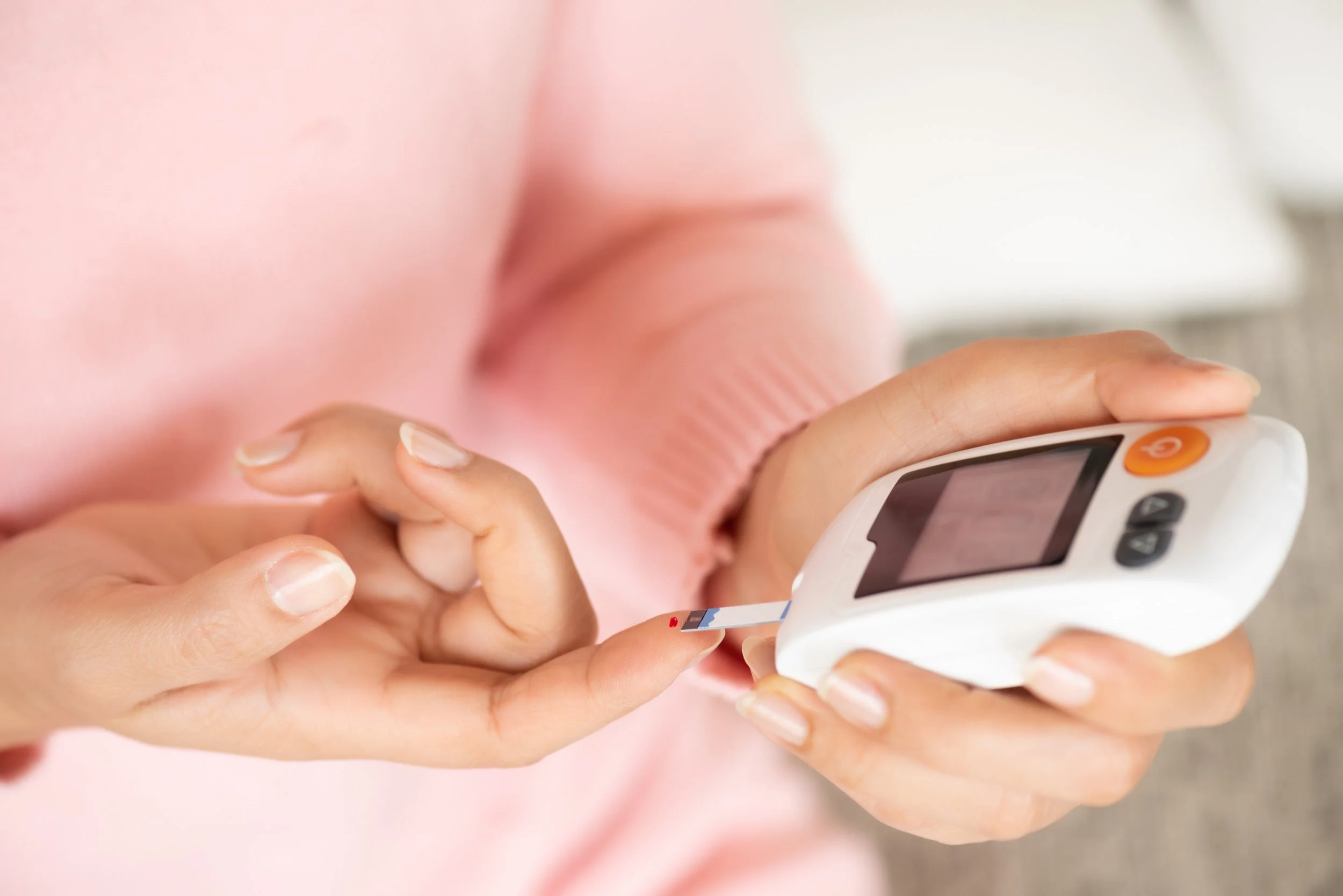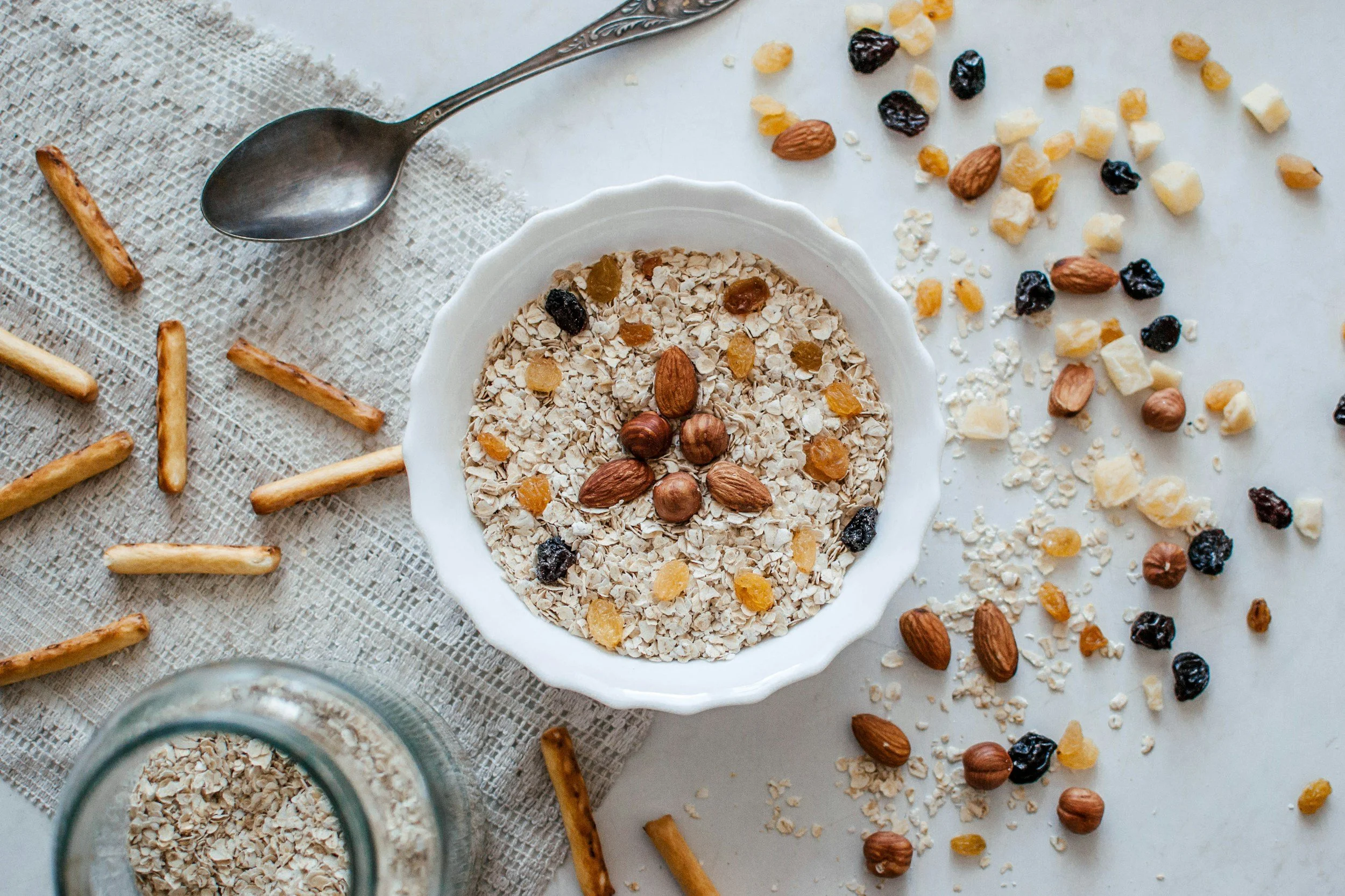7 Simple Ways To Avoid Diabetes Complications
Diabetes prevalence has grown rapidly among US adults. The condition is common, and the CDC reports that it affects around 37.3 million individuals. Keeping your diabetes care plan requires a continuous commitment. Proper diabetes management can lower your risk of developing significant, life-threatening consequences. Here are some methods to get more involved in diabetes management and have a healthier future.
Get rid of excess weight
Diabetes can be reduced by losing weight. Participants in one trial lowered their chance of developing the condition by nearly 60% after decreasing their weight by 7%. They achieved this by making changes to their activity and food preferences. To avoid diabetes development, the American Diabetes Association (ADA) advises that people with prediabetes lose 7% to 10% of their body weight. Losing more will result in even bigger advantages. Determine your weight-loss target depending on your present body weight. You can discuss realistic and healthy short-term and specific goals with your doctor, such as losing one to two pounds each week.
Manage your stress
Stress might trigger your blood sugar levels to increase if you have diabetes. Therefore, removing any mental and physical stress triggers is vital. Many people are confronted with stressful and upsetting situations that may elicit strong emotions. Isolation, for instance, can make you feel separated and lonely. Learning healthy skills to understand how to interact with people and using technology to keep in touch with family and friends is advisable. Relaxation techniques such as deep breathing, yoga, and mindfulness may be particularly effective if you have type 2 diabetes.
Limit or cut your salt intake
Reducing your salt consumption can aid in blood pressure reduction and kidney protection. However, not salting your meals may not be enough, plus the meals may feel tasteless. The majority of the salt in the American diet is from processed foods. Avoid these and try to use more fresh ingredients instead. Adults 51 and over, and those with elevated blood pressure, hypertension, or chronic renal disease, should see their physician about how much salt to cut. Diabetes patients should reduce to fewer than 2,300 mg daily, although your doctor may prescribe lower doses.
Select super foods but don't supersize
There is no such thing as a diabetic diet. But here are some fundamentals to remember: Consume superfoods such as berries, nuts, sweet potatoes, yogurts, omega-3 fatty acid-rich seafood, and leafy vegetables. The US Dietary Guidelines for 2015-2020 advocate for healthy eating habits that combine healthy food choices from all food categories while paying close attention to calorie restrictions. Examine food labels and avoid saturated and trans fats. A certified dietician can also provide you with more tailored guidance.
Get rid of your smoking habit
Smoking harms your health, and diabetic people who smoke are twice as likely to die prematurely than their non-smoking counterparts. Your heart and lungs will benefit from abstaining from smoking because this habit increases your blood pressure. Lowering it by quitting can significantly reduce your risk of several health conditions, including heart attack, stroke, renal illness, and nerve damage. Unfortunately, smoking isn't easy to quit. You can consult your doctor about smoking cessation assistance and other helpful strategies.
Consume nutritious plant foods
Plants provide your diet with vitamins, minerals, and carbs. Carbohydrates contain sugars and starches, which serve as energy sources for your body and fiber. Dietary fiber, often described as roughage, is the part of plant foods your body cannot digest or absorb. However, they perform a useful function by making you feel fuller early so that you can control your portions. They are also great can controlling sugar in the body. Fiber-rich meals help people lose weight and reduce their risk of diabetes. Therefore, consume fiber-rich, healthful foods, including tomatoes, peppers, and tree fruit. Leafy greens, broccoli, and cauliflower are nonstarchy vegetables and a great addition to your diet. Whole grains, including whole wheat pasta and bread, quinoa, rice, and oats, are also good. Lastly, beans, chickpeas, and lentils are legumes to include in your meals.
Home remedies
A perfect storm of inactivity, poor food choices, emotional stress, lack of sleep, and heredity causes type 2 diabetes. People with this condition frequently seek aid from natural medicine and traditional therapy to manage their ailment. Natural remedies and food as treatment or management are excellent ways to supplement your diabetic therapy. Additionally, CBD products like Delta 8 gummies can reduce excessive blood glucose in other body cells, which usually precedes the onset of diabetes and its numerous complications. You can also consider getting enough sunlight exposure at least 30 minutes daily and drinking more water to reduce excess glucose through urine.
Keeping your diabetes in check can help you avoid heart, nerve, and foot-related issues. You can try the above tips to prevent any complications. You may also consult your doctor for other useful recommendations.




